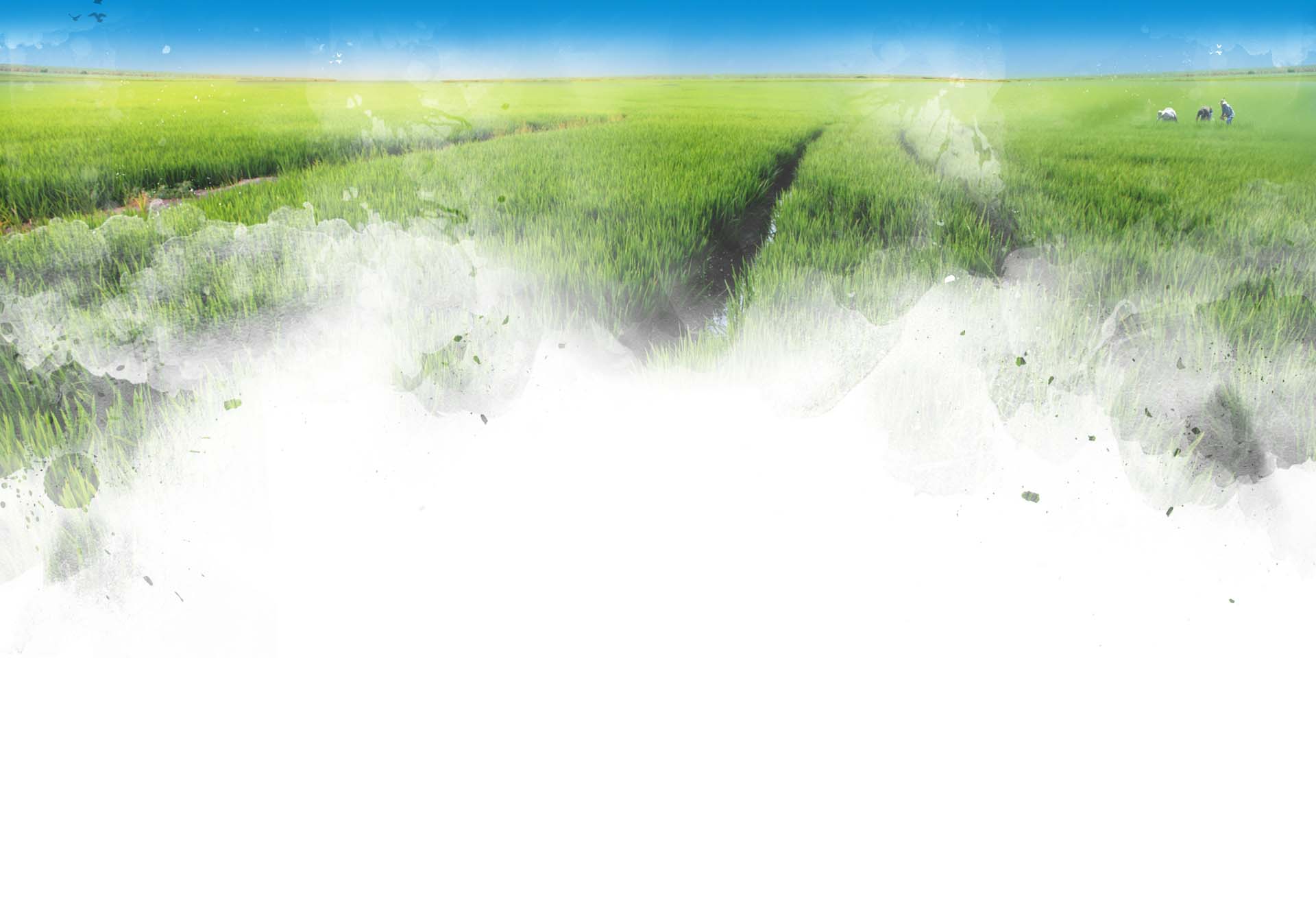




Natura 2000 is the official network of protected areas from the European Union with the purpose of ensuring the long-term survival of the most endangered species and habitats in Europe, contributing towards preventing the loss of biodiversity caused by the negative impact of human activity.
The degradation of natural habitats and threats looming over some of the species representing a major concern for the environment within the European Union.
The efforts to come up with a Community response to this issue concluded in 1992 with the launch of Natura 2000: this is a network of protected areas of high environmental value, which represents all the European eco-systems as a whole and ensures the conservation of eco-systems in the continent. This coherent and uniform ecological network has become the main instrument for the European Union to implement a common policy with regards to environmental and, specifically, nature conservation matters.
The Natura 2000 Networking Programme is an instrument that brings together areas of high ecological value in Europe and ensures their conservation. It is the most significant initiative for biodiversity conservation in the history of the European continent. Natura 2000 was created in 1992 under the Habitats Directive, which supplemented the Birds Directive of 1979.
In order to create this network, European Union member states had to select the most significant natural areas within their territory and draft a list of the country's sites to be submitted for inclusion on the Natura 2000 network list.
European Union member states could propose two types of protected area, which are now the two area types which make up the Natura 2000 Network:
Following the approval by the Commission of the list of SCIs submitted by a member state, the areas contained in this list will thus be designated SACs (Special Areas of Conservation).
L' Albufera Natural Park is part of the Natura 2000 Network since it was declared a SPA on the one hand and proposed as an SCI within the country's list of Sites of Community Importance within the Mediterranean biogeographical region.
El naixement de la Xarxa Natura 2000 és conseqüència d’una nova perspectiva en la protecció dels espais naturals. Anteriorment qualsevol estratègia encaminada a la preservació de la biodiversitat consistia en la conservació dels ecosistemes i els hàbitats a través de la declaració d’espais naturals protegits unitaris, com ara parcs nacionals, reserves naturals i altres figures de protecció. No obstant això, la funció de les àrees protegides com a reservoris de naturalesa és insuficient actualment per a contindre la pèrdua constant de biodiversitat. La intensificació dels usos del sòl a la major part de les zones habitades del món fa que els espais protegits es vagen convertint en illes ecològiques desconnectades entre si i amb altres àrees naturals, i queden rodejades per un entramat agrícola i urbà continu, fortament intervingut i modificat per l’home.
Per això, la conservació de la diversitat biològica requerix actuar a escala comunitària i establir no solament àrees protegides, sinó també integrar eixes àrees en la planificació territorial i en les polítiques de gestió dels usos del sòl i dels recursos naturals, per a contituir xarxes ecològiques que asseguren la conservació dels hàbitats naturals per a connectar-los funcionalment.
Ací el concepte de xarxa ecològica pren tota la seua dimensió, ja que els moviments de les poblacions de fauna i flora han de ser considerats per a la designació dels llocs. La Directiva Hàbitats exigix que els estats membres afavorisquen la coherència global i el bon funcionament de la Xarxa Natura 2000 per mitjà del manteniment dels elements del paisatge, “que són de gran importància per a la vida silvestre”.
L’article 10 de la Directiva introduïx el concepte de corredors i de continus biològics funcionals, però deixa l’alternativa de triar-ne la dimensió i ubicació als estats: “En cas de considerar-ho necessari, en la seua planificació de l’ús del sòl i les polítiques de desenvolupament i, en particular per a millorar la coherència ecològica de Natura 2000, els estats membres fomentaran la gestió de les característiques del paisatge que són de gran importància per a la vida silvestre. Estos elements són els que, per la seua estructura lineal i contínua (com els rius amb les seues riberes, o els sistemes tradicionals de delimitació dels camps) o el paper que exercixen els llacs o els xicotets boscos), són essencials per a la migració, la dispersió i l’intercanvi genètic de les espècies silvestres.
La cooperació dels agents locals és fonamental per a la consecució de l’objectiu que es perseguix. Natura 2000 no pot ser un mer títol dels espais naturals, ha d’invitar a participar i promoure les activitats humanes tradicionals ja existents juntament amb la conservació del patrimoni natural local. El preàmbul de la Directiva establix que «el seu objectiu principal és promoure el manteniment de la diversitat biològica, tenint en compte els drets econòmics, socials, culturals i regionals, contribuir a l’objectiu general d’un desenvolupament sostenible, que el manteniment d’esta biodiversitat podrà en determinats casos requerir el manteniment o inclús l’alé, de les activitats humanes».
In December 2008, the European Union had 5,174 SPAs with an area surface of 530,774 km ² and 21,633 SACs with a total surface area of 661,503 km². However, many sites have been designated both SPAs and SACs, either fully or partially, in accordance with both Directives. Therefore, these areas cannot be used in order to obtain a consolidated figure for the Natura 2000 network set.
Ten new member States have submitted their proposed sites for the Natura 2000 network, some of which have a large surface area (almost 30% of the surface area of Slovenia is proposed as a SAC).
In Europe, there are thousands of different habitats in which 150 mammal species; 520 bird species; 180 reptile and amphibian species; 150 fish species, 1,000 plant species and at least 100,000 invertebrate species are estimated to live. Many of these populations have seen their numbers dwindle and half of mammal species and a third of reptile species are endangered species. In the case of marine species, the situation is even more pressing, since some of them, such as turtles and some types of seal, in danger of extinction.
European Commission. Official website:
Go to the official website Environment
Go to the official website Europe
Otros enlaces:
Germany
Austria
Belgium
Bulgaria
Cyprus
Denmark
Slovakia
Slovenia
Spain
Estonia
Finland
France
Greece
Netherlands
Hungary
Irlanda Italy
Latvia
Lithuania
Luxembourg
Malta
Poland
Portugal
United Kingdom
Czech Republic
Romania
Switzerland
The Spanish contribution to Natura 2000 is highly relevant. According to data from the European Commission from December 2008, Spain accounts for:
The Natura 2000 Spanish Sites List has been divided in four bio-geographical regions - Alpine (covering a large portion of the Pyrenees); Atlantic (Cantabrian Spain); Mediterranean and Macaronesian (Canary Islands)- and has been proposed by the Autonomous Regions before the General Directorate of Natural Environment and Forest Policy of the Ministry of the Environment and Rural and Marine Affairs, which acted as general coordinator during the entire process and was in charge of officially communicating it to the European Commission. The lists for all four regions have already been approved by the Commission in different years.
Summary table of the Natura 2000 Networking Programme in Spain (December 2008)
| Number of SPAs | SPAs land area (km2) | Territory % |
Number of marine SPAs | Maritime SPAs area (km2) |
| 567 | 97.318 | 19,2 | 23 | 634 |
| Number of SCIs | SCIs land area (km2) | Territory % | Number of marine SCIs (km2) | Maritime SCIs area (km2) |
| 1.434 | 123.716 | 23,4 | 94 | 5.548 |
Links:
Web oficial del Ministerio de Medio Ambiente y Medio Rural y Marino. Biodiversidad
Web oficial del Ministerio de Medio Ambiente y Medio Rural y Marino. LIFE+
Other links:
Andalucía
Aragón
Principado de Asturias (LICS)
Principado de Asturias (ZEPAS)
Canarias
Castilla - La Mancha
Castilla y León
Cataluña
Extremadura
Galicia
La Rioja (Red Natura 2000)
La Rioja (Infrastuctura de datos espaciales)
Madrid
Murcia
Navarra
País Vasco
Valencia
Almost 30% of the territory of the Autonomous Region of Valencia has been nominated as an SCI (specifically, 26.9%), while 11.39% has been nominated as a SPA. This is the equivalent of a total land area of 623,154 hectares, out of the 2,326,252 covered by the Autonomous Region, which are now on the Sites of Community Importance list. Out of these, 27,538 hectares (20,882 of land area and 6,656 of maritime area) correspond to the l'Albufera Natural Park.
Summary table of the Natura 2000 Networking Programme in the Autonomous Region of Valencia
| Number SCIs | SCIs land area (ha) | Maritime SCIs area (ha) | Total SCIs area (ha) | % Territory |
| 94 | 623.154,58 | 62.387,06 | 685.541,64 | 26,79 |
| Number SPAs | SPAs land area (ha) | Maritime Area SPAs (ha) | Total area SPAs (ha) | % Territory |
| 18 | 264.952,89 | 12.286,11 | 277.239,00 | 11,39 |